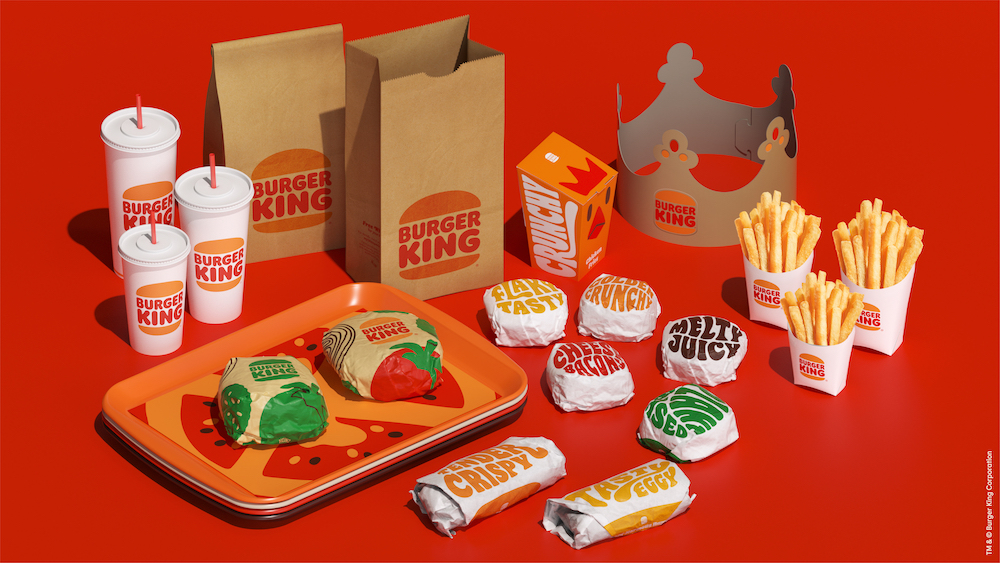‘I don’t see a quick end to it’: Fast-food chains compete to woo customers with cheap meal deals

Value meals aren’t likely to go away anytime soon.
Many fast-food chains turned to meal deals earlier this year to woo back price-conscious customers.In May McDonald’s launched a $5 bundle featuring four items, a McChicken or McDouble, chicken nuggets, fries and a drink. Also in May, Wendy’s rolled out a $3 breakfast deal that includes an egg and cheese sandwich and a side of potatoes. Then, nearly all other competitors followed suit.
Now, more chains are jumping on the meal deal train, while others are extending their promos for at least a few more months. In June, Burger King launched a $5 meal deal, and now the restaurant chain said it is extending the deal until October. And starting this week through Aug. 25, reward members customers can receive a King Jr. Meal when they spend $10. According to the company, the campaign is geared at students heading back to school. Meanwhile, sandwich chain Jimmy John’s announced last week that it was rolling out a $10 meal deal. According to analysts, these deals are likely to continue as they help restaurants bring price-conscious diners back to stores.
“It’s about providing value”
Despite inflation slowing down, wallets are still being squeezed across different categories. That continues to be the case for dining out. According to the latest Bureau of Labor Statistics, the prices for food purchased away from home jumped 27.2% since June 2019.
Rising labor costs are also pushing chains to raise their menu prices. A newly-passed California law stipulates that fast-food workers be paid $20 per hour. In response, Chipotle raised prices by 6% to 7% in the state.
Altogether, according to a May 2024 study by FinanceBuzz, 13 restaurants, including McDonald’s and Popeye’s, hiked menu prices by an average of 60% between 2014 and 2024. Brad Jashinsky, director analyst at Gartner, told Modern Retail that for a while, fast-food chains were initially able to pass on these rising costs to customers, with little pushback.
However, some customers started to feel more put off by these price hikes over time, especially to people consumers who look to fast food as a cheaper alternative to sit-down dining. In its July earnings call, just after its $5 meal debut, McDonald’s executives acknowledged that low-income customers find the company’s prices too high. During the call, the executives said it’s taking a “forensic approach” to new pricing.
“Inflation is what started the price increases, and it worked really well for a while,” Jashinsky said. But the fast-food restaurants began worrying when foot traffic started dropping, Jashinsky said, which resulted in competing to lure customers back in through meal deals.
Jashinsky also pointed to past instances of fast-food promotions being pushed when the economy is impacting sales. The Great Recession was the last major example.
Back in 2009, McDonald’s introduced its breakfast value menu, which helped the company generate sales during the economic slump thanks to millions of cash-strapped diners. Also in 2009, KFC announced the launch of its first-ever value menu to help boost struggling sales.
“What I see is the value is what’s being emphasized with these deals,” Jashinsky said. “But you also never want to get pigeonholed into a promotion.”
An opportunity to capture loyalty
Phil Kafarakis, president and CEO of the International Foodservice Manufacturers Association agreed that the expansion of value meals across all the major fast-food players boils down to competition.
“If they’re not doing it and everybody else is, they risk losing their competitive edge,” Kafarakis said. But there are also risks, he said, like getting customers used to deep discounts. It’s too early to see whether these deals are boosting revenue substantially, as some companies are yet to report their latest earnings. But thus far, the results have been mixed.
On Yum Brands’ Aug. 6 earnings call, CEO David Gibbs said quarterly sales trends have improved in the U.S. compared with the prior quarter. Gibbs credited promos like Pizza Hut’s $7 Deal Lovers for the boost. However, Yum’s second-quarter earnings showed net income declined by 12%, while same-store sales fell 1% compared to the previous year.
Kafarakis said that tying in discounts to their loyalty programs is a key differentiator among the big chains. Earlier this year, Taco Bell introduced its new value menu, which includes exclusive item promos for online customers. In the announcement, Taco Bell CMO Taylor Montgomery said, “We’re rolling out entirely new ways to save across our menu and doubling down with exclusive digital offerings so expect more from us this year. We’re walking the talk when it comes to value and we’re just getting started.”
“The value that works in both directions is where loyal customers are rewarded, and are therefore kept close to the brand,” he explained. The other initiatives, Kafarakis said, risk becoming operational gimmicks that only keep people interested in visiting the store during the promotional period.
Kafarakis said that value-driven marketing will likely continue through the year and into the holidays, as people’s budgets strain further. “I don’t see a quick end to it,” he said. “And yes, it risks eating into margins if it’s not tactically deployed.”

